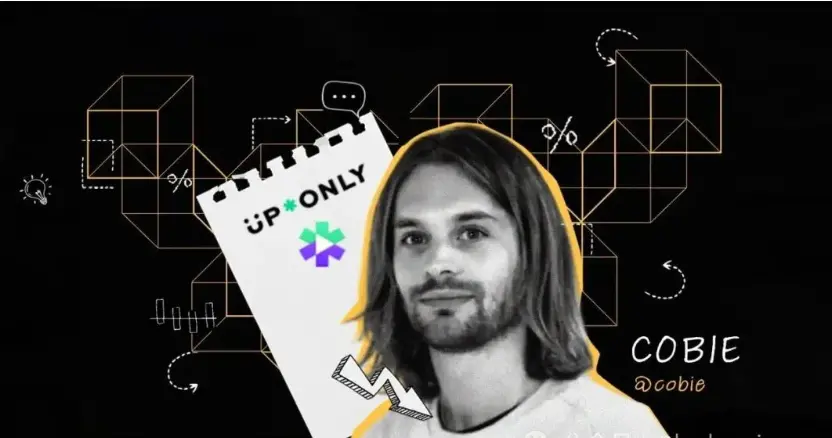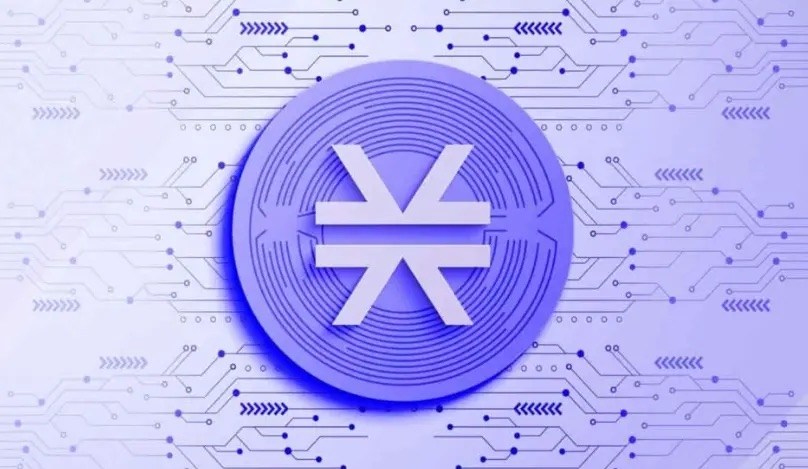The Strategic Case for Investing in Traditional-Finance-to-Blockchain Infrastructure Leaders: Mastercard and Circle's EEMEA Stablecoin Breakthrough
- Mastercard and Circle expand stablecoin settlements in EEMEA using USDC/EURC, bridging traditional finance and blockchain infrastructure. - The partnership enables near-instant, low-cost cross-border transactions, reducing fees by 70% compared to traditional systems in emerging markets. - Regulatory alignment with frameworks like MiCA and GENIUS Act strengthens investor confidence in scalable, compliant digital asset infrastructure. - USDC's 28% market share and $65.2B circulation highlight growing adopt
The convergence of traditional finance and blockchain technology is no longer a speculative concept—it is a strategic imperative for global financial infrastructure. Mastercard and Circle's recent expansion of stablecoin settlement capabilities in the Eastern Europe, Middle East, and Africa (EEMEA) region exemplifies this shift. By enabling acquirers to settle transactions in USDC and EURC, two fully reserved stablecoins issued by Circle , the partnership is redefining the boundaries of cross-border commerce. For investors, this collaboration offers a compelling case to consider infrastructure leaders who are bridging the gap between legacy systems and tokenized money.
A New Era of Settlement Efficiency
Mastercard's integration of stablecoins into its EEMEA operations is not merely a technological upgrade—it is a structural transformation. Acquirers like Arab Financial Services and Eazy Financial Services, the first to adopt this model, now benefit from near-instant, low-cost settlements that bypass traditional banking intermediaries. This reduces friction in high-volume transactions, enhances liquidity, and aligns with the growing demand for real-time payments in emerging markets. For context, the World Bank reported that the average cost of sending $200 globally in Q2 2024 was 8%, a metric that stablecoin-based systems can slash by up to 70%.
Mastercard's stock has historically reflected its leadership in payment innovation, with a compound annual growth rate (CAGR) of 12% since 2020. The company's foray into stablecoin infrastructure could further accelerate this trajectory, particularly as it diversifies into B2B transactions, gig economy payouts, and cross-border remittances. Circle, though privately held, has seen its valuation soar to $4.5 billion as of 2025, driven by USDC's market dominance (28% of the global stablecoin market).
Strategic Alignment with Regulatory and Market Trends
The partnership's success hinges on its alignment with regulatory frameworks and macroeconomic needs. In the EEMEA region, where traditional banking infrastructure is often fragmented, stablecoins offer a scalable solution for financial inclusion. Mastercard's Crypto Credential and Crypto Secure platforms ensure compliance with evolving regulations, such as the EU's Markets in Crypto-Assets (MiCA) framework and the U.S. GENIUS Act. This proactive approach mitigates risks for investors, as it positions the partnership to navigate regulatory uncertainty—a critical factor in the crypto space.
Moreover, the expansion of USDC and EURC into EEMEA is part of a broader industry trend. Stablecoins now facilitate over $1.2 trillion in annualized transaction volume, with USDC alone surpassing $65.2 billion in circulation by August 2025. This growth is driven by their utility in sectors like remittances, where they outperform traditional methods by reducing costs and settlement times. For investors, this signals a maturing market where infrastructure providers like Mastercard and Circle are capturing first-mover advantages.
The Investment Thesis: Infrastructure as a Long-Term Play
Investing in companies that build bridges between traditional finance and blockchain is not about chasing speculative hype—it is about capitalizing on durable, scalable infrastructure. Mastercard's global payment network, combined with Circle's stablecoin expertise, creates a flywheel effect: the more institutions adopt USDC and EURC, the more robust the ecosystem becomes. This network effect is amplified by Mastercard's partnerships with other stablecoin issuers (e.g., Paxos, Fiserv , PayPal), diversifying its offerings and reducing dependency on a single asset.
For risk-averse investors, the key is to focus on companies with strong governance, regulatory alignment, and proven execution. Mastercard's track record in security and compliance, coupled with Circle's technical prowess in stablecoin issuance, makes them standout candidates. Additionally, the EEMEA region's economic dynamics—characterized by high remittance volumes and underdeveloped banking systems—create a fertile ground for adoption.
Conclusion: Positioning for the Future of Money
The Mastercard-Circle partnership is a microcosm of the broader shift toward tokenized and programmable money. By enabling stablecoin settlements in EEMEA, they are not only addressing immediate market needs but also laying the groundwork for a future where digital assets are as ubiquitous as credit cards. For investors, this represents a strategic opportunity to back infrastructure leaders who are shaping the next era of global finance.
As the lines between traditional and decentralized systems blur, the winners will be those who build the bridges. Mastercard and Circle are not just participants in this transition—they are architects of its foundation. For those seeking long-term growth in a rapidly evolving landscape, the case for investing in these infrastructure leaders is both compelling and timely.
Disclaimer: The content of this article solely reflects the author's opinion and does not represent the platform in any capacity. This article is not intended to serve as a reference for making investment decisions.
You may also like
Cobie: Long-term trading
Crypto Twitter doesn't want to hear "get rich in ten years" stories. But that might actually be the only truly viable way.

The central bank sets a major tone on stablecoins for the first time—where will the market go from here?
This statement will not directly affect the Hong Kong stablecoin market, but it will have an indirect impact, as mainland institutions will enter the Hong Kong stablecoin market more cautiously and low-key.

Charlie Munger's Final Years: Bold Investments at 99, Supporting Young Neighbors to Build a Real Estate Empire
A few days before his death, Munger asked his family to leave the hospital room so he could make one last call to Buffett. The two legendary partners then bid their final farewell.

Stacks Nakamoto Upgrade
STX has never missed out on market speculation surrounding the BTC ecosystem, but previous hype was more like "castles in the air" without a solid foundation. After the Nakamoto upgrade, Stacks will provide the market with higher expectations through improved performance and sBTC.
